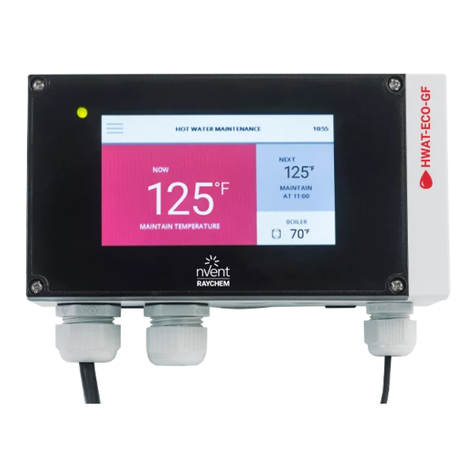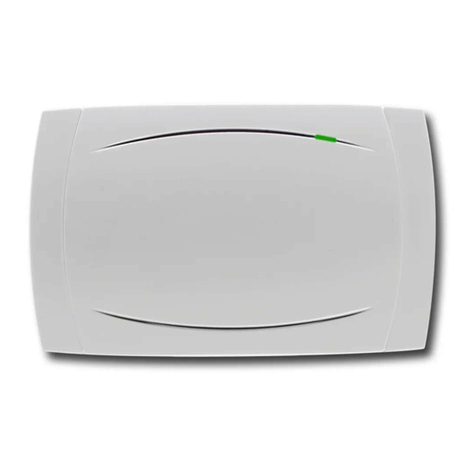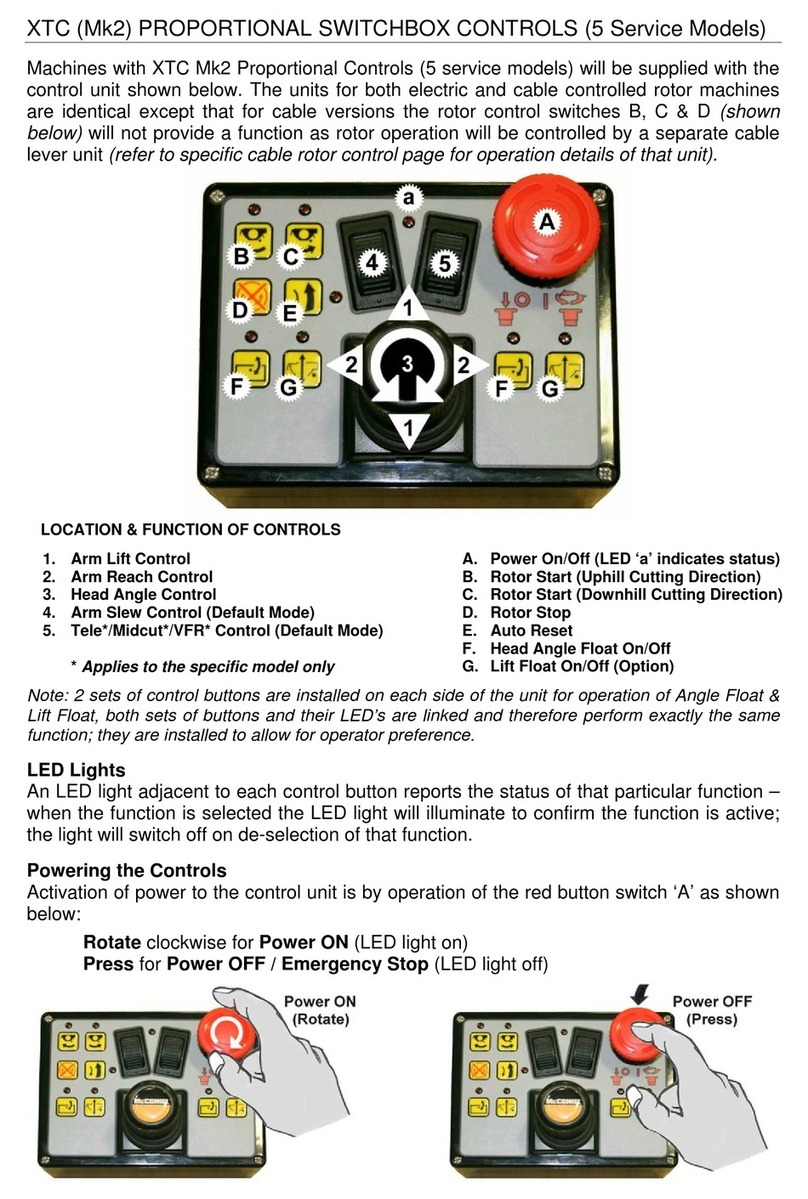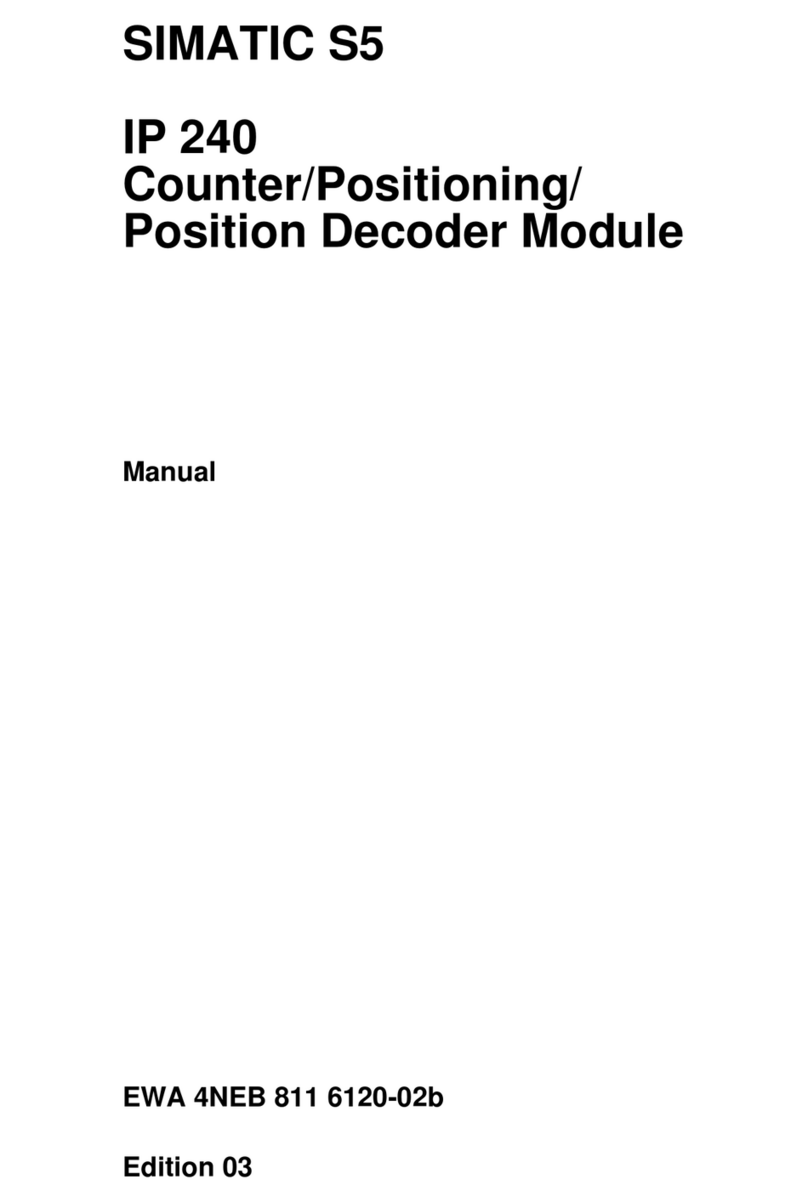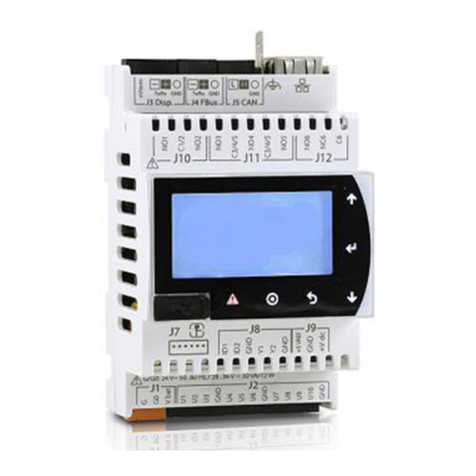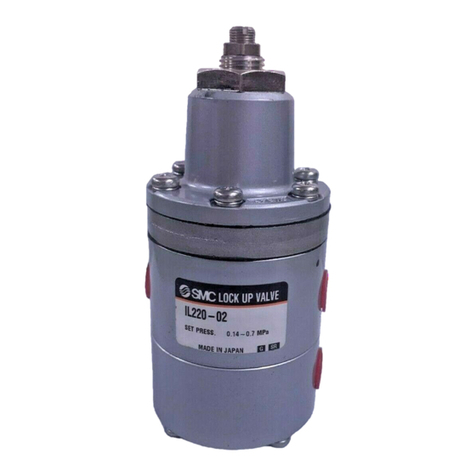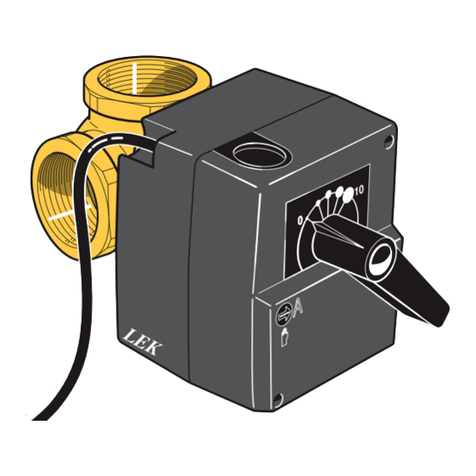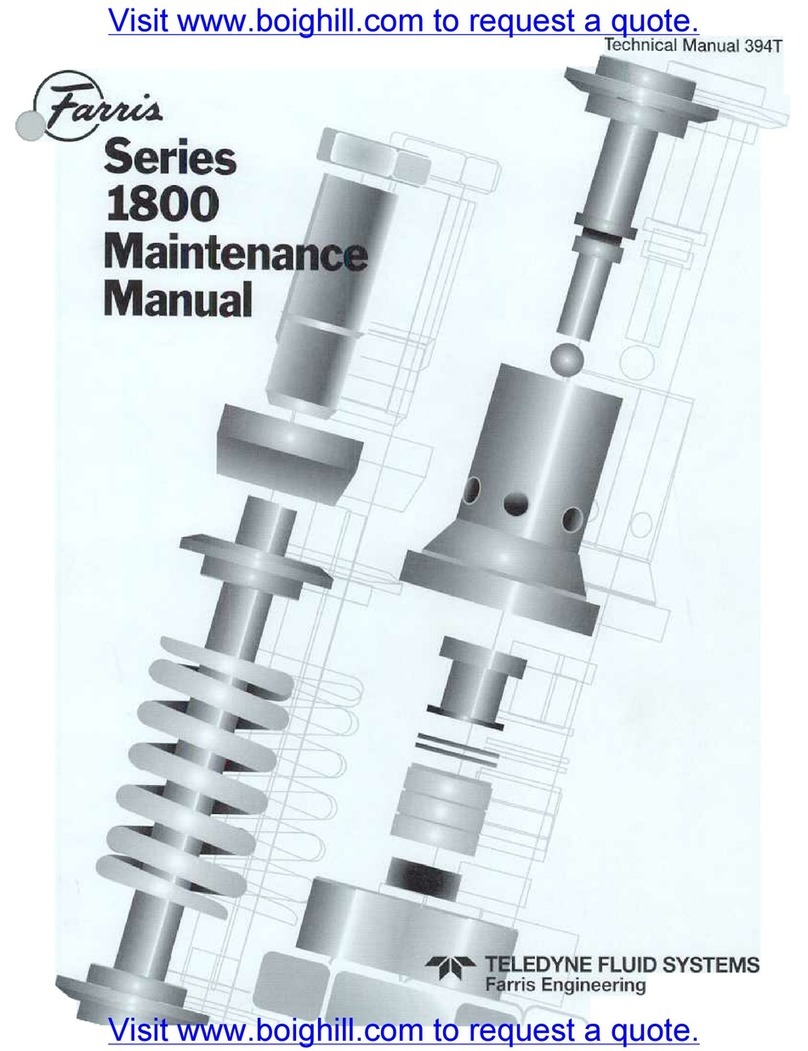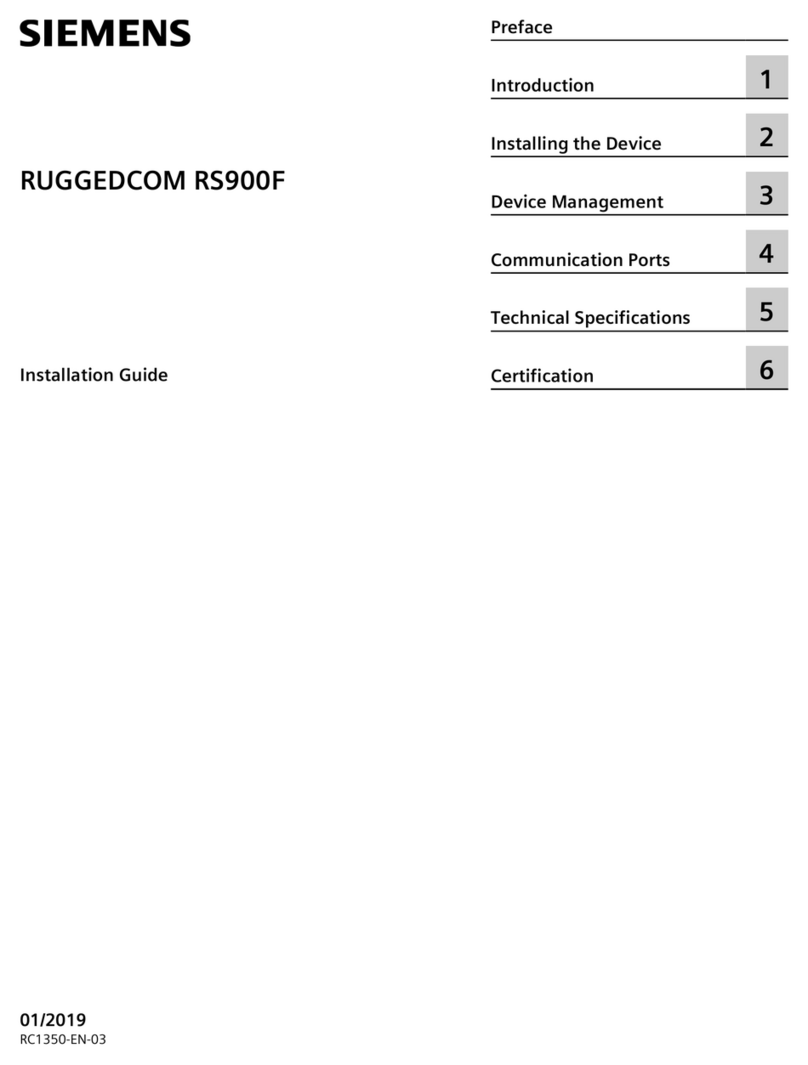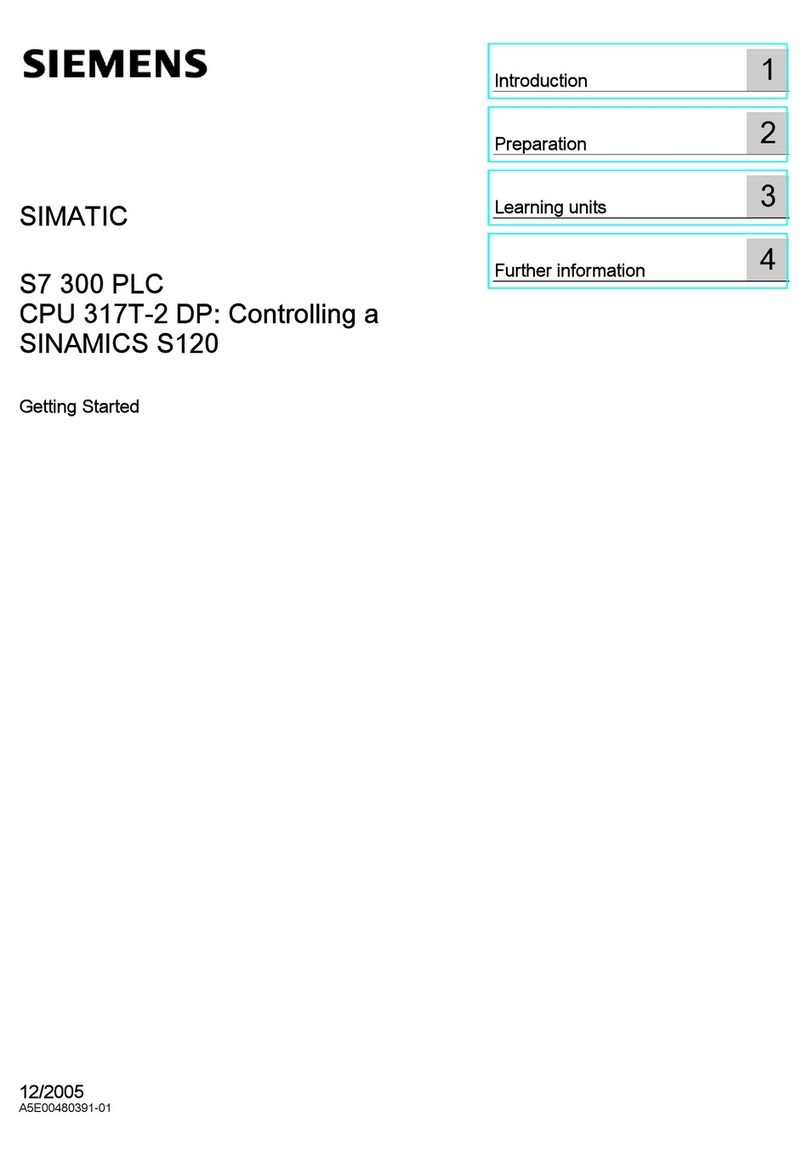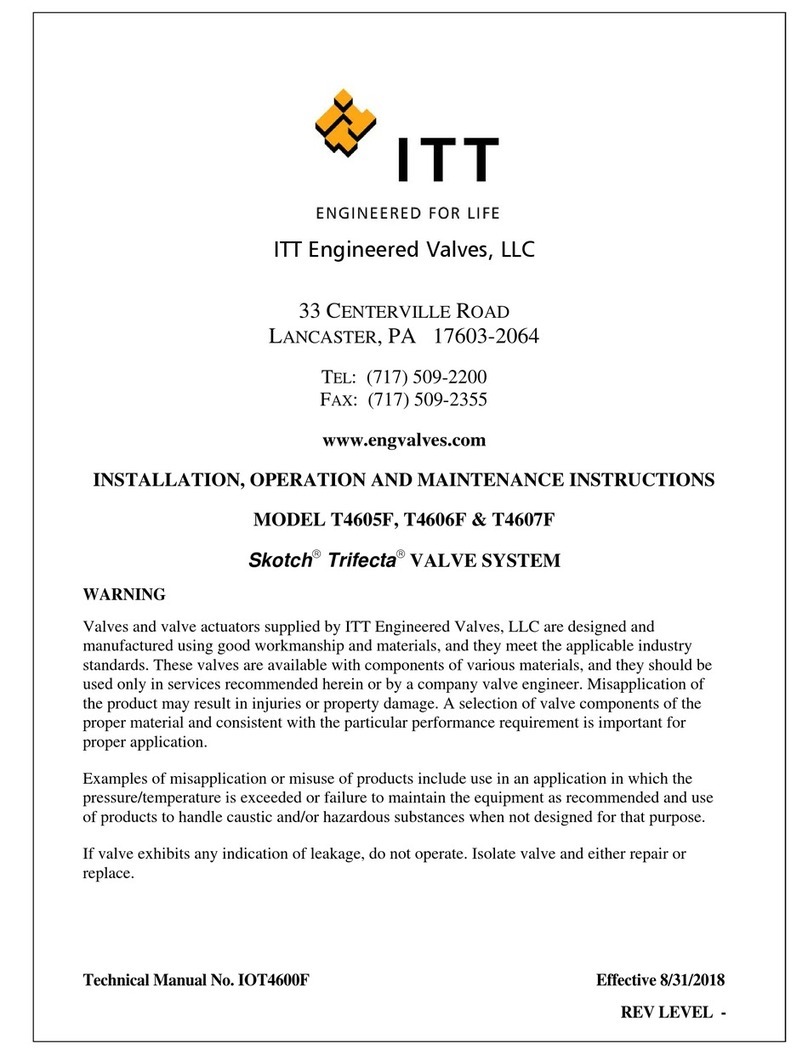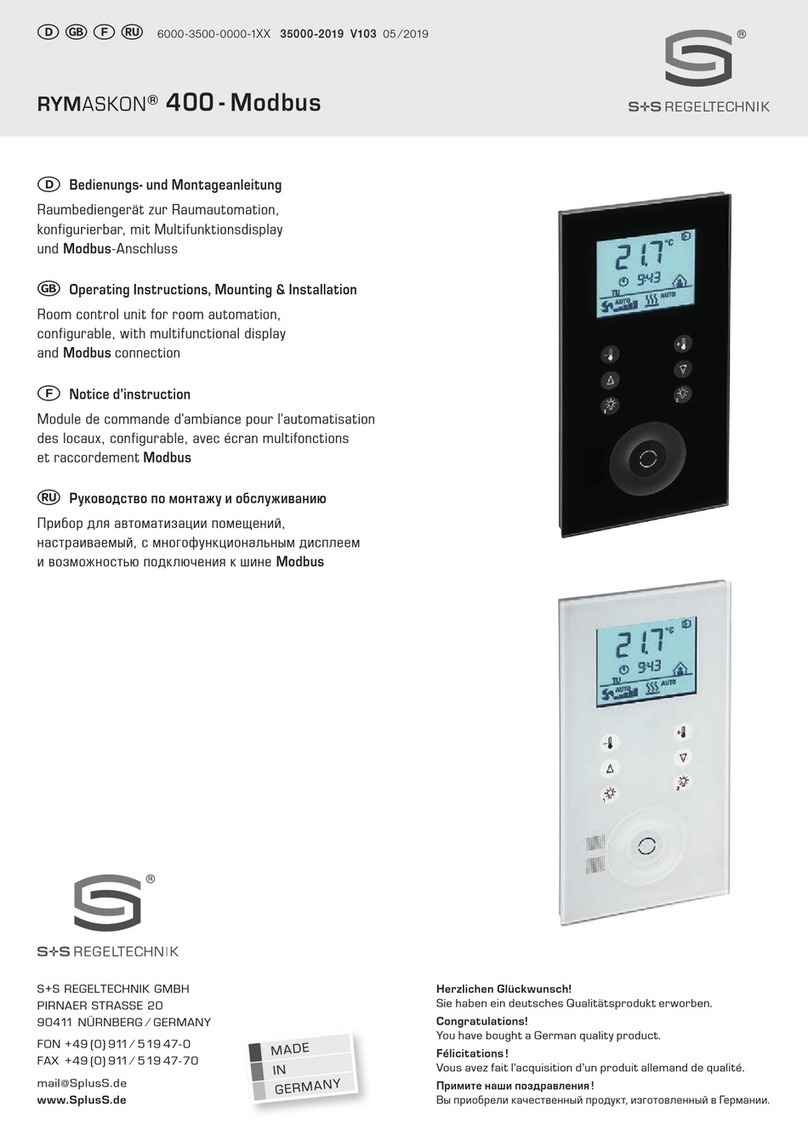
8
Screen 1 Screen 2
To start auto-tuning:
1. Set the set point value with the arrow keys to the desired temperature of operation.
2. Press the Advance key until the Aut prompt appears in the right display.
3. Change the parameter to YES (displayed in left portion of display) with the arrow keys.
4. Press the Infinity key to display the set point and sensor temperatures. While the control is in the auto-
tuning mode, the display will alternate between the set point and the "Aut" prompt (Screen 1 & Screen 2).
When tuning is complete, the lower display indicates only the set point.
5. When tuning is complete, the right display indicates setpoint only and Aut will revert to OFF. The control
will use the auto-tuned PID values and retains them in the non-volatile memory. These values will be
used on any further heating processes.
6. Repeat auto-tune process if heater/process is being changed.
*To abort auto-tuning, the operator must reset Aut to OFF. Auto-tuning may also be aborted by cycling power off
and on. In all cases, aborting auto-tuning restores all original factory default values.
Temperature overshoot
In most cases this is due to a small sample size being heated with a high wattage heater. The control is set at the
factory with the Power Scale High Output 1 (o.hi1) setting with a value of 100. This value can be adjusted in the
setup menu, reference page 5 for instructions on how to access and navigate through the setup menu. If
excessive temperature overshoot is occurring, adjust the value to 50 and start the heating process from ambient
room temperature. If more than desired temperature overshoot is still occurring, decrease to a lower value and
repeat heating process from ambient room temperature. If the process temperature doesn’t achieve the set point
temperature or takes more than desired amount of time to reach set point temperature, increase the power scale
high output 1 value. This process can take several value changes to obtain proper temperature control with your
particular application setup. It is recommended to initiate the Auto-Tune process again after the proper power
scale high output 1 value has been determined for your application.
Error Code Definitions and Actions:
Er.In - An open or reversed polarity sensor is the most likely cause. Check the sensor; if the connection is good
and functions properly, call the factory. Make sure the input parameter [SEn] is set to the correct type
thermocouple.
Er.Ab –Ambient temperature may be too hot or too cold. Make sure that the temperature surrounding the control
is –18 to 65C.
Er.CS –Checksum Error. Settings may have changed unexpectedly. Press the Infinity key to clear the error.
Verify settings. If error message persists, contact the factory.
To clear a corrected error, the power to the control needs to be cycled.
GLOSSARY
Automatic prompts: Data entry points where a microprocessor-based control "prompts" or asks the operator for
information input.










